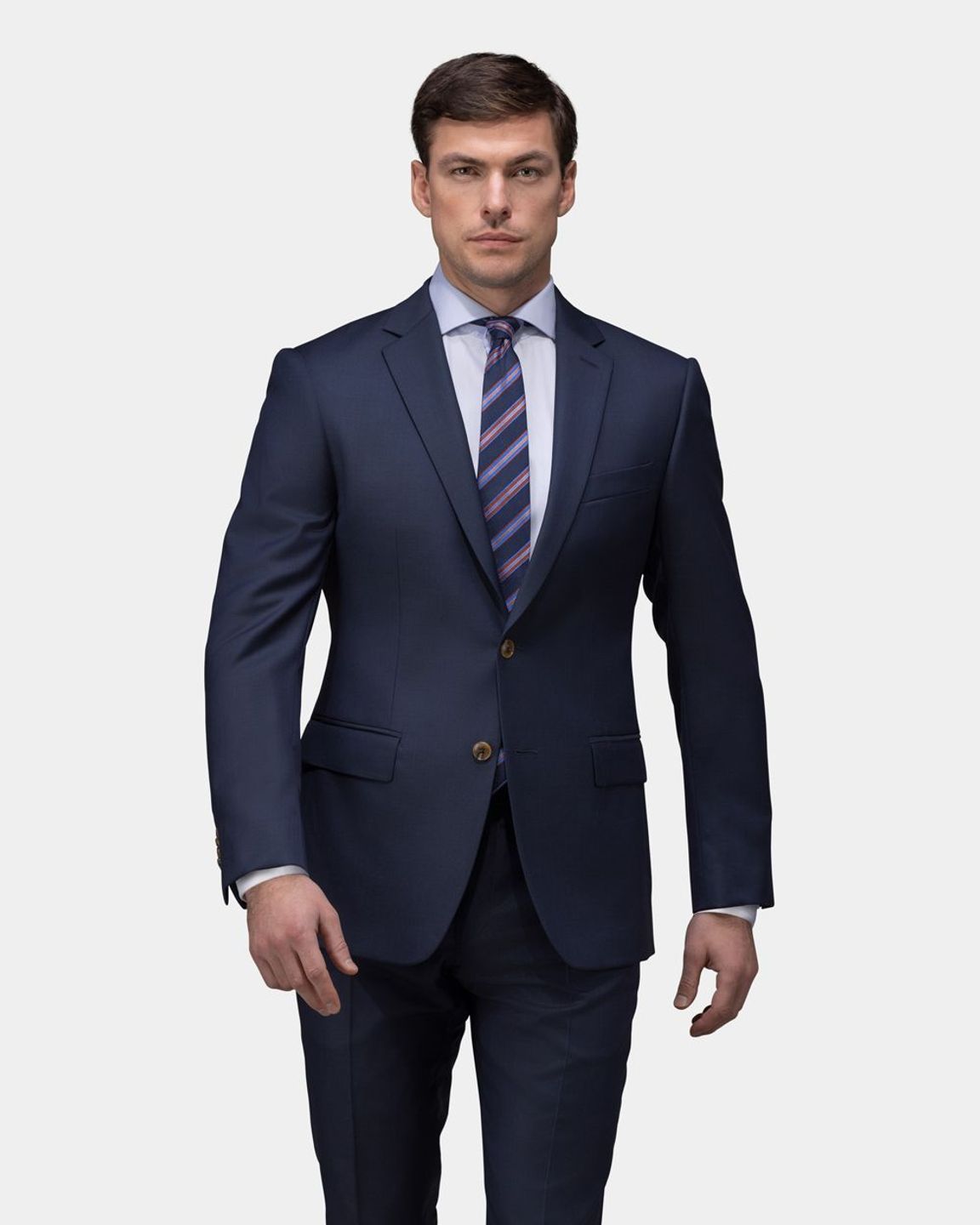Wedding Suits Perth: Tailored Excellence for Your Big Day
Wedding Suits Perth: Tailored Excellence for Your Big Day
Blog Article
Comprehending the Tailoring Refine: From Material Choice to Last Fitting for the Ideal Wardrobe
The customizing procedure is a complex interaction of art and scientific research, starting with the essential choice of fabric choice and culminating in the exact changes of last fittings. Each fabric type brings special high qualities that affect not just the visual charm however additionally the garment's durability and suitability for various occasions.
Value of Fabric Choice
Choosing the best fabric is essential in the tailoring process, as it directly influences the comfort, resilience, and general visual of the last garment. The option of material establishes the foundation for the garment's performance, functionality, and style. Different fabrics possess special homes, such as breathability, stretch, and weight, which can substantially influence how the garment drapes and fits the body.

A customized item made from an ideal textile not just showcases craftsmanship however additionally boosts the wearer's self-confidence. As a result, comprehending the nuances of material choice is extremely important for any tailoring endeavor. It makes sure that the end product not just fulfills the visual wishes of the client yet likewise straightens with functional demands, thus achieving an unified equilibrium between kind and function in the customized closet.
Kinds Of Fabrics and Their Uses
Comprehending the various kinds of textiles available is essential for making informed choices throughout the tailoring process. Each textile has one-of-a-kind attributes that determine its viability for details garments and events.
Its versatility permits it to be customized into everything from t-shirts to outfits. Its all-natural elasticity helps garments maintain shape over time.
Silk emanates high-end and is light-weight, making it best for eveningwear and delicate shirts; however, it needs mindful handling as a result of its fragility. Linen, with its distinctive surface, is a prominent choice for warm climates, offering a crisp and airy feeling, yet it wrinkles easily, which might impact the garment's appearance.
Synthetic materials, such as polyester and nylon, deal resilience and resistance to creases, making them appropriate for day-to-day wear and active clothes. Understanding these fabric kinds and their homes permits far better decision-making, making sure that each tailored piece not only fits well however also straightens with the desired function and occasion.
The Tailoring Methods Clarified
The art of customizing depends on a range of methods that transform textile into well-fitted garments. Central to this process is pattern composing, where a dressmaker produces design templates based on the customer's dimensions and preferred design. This first action guarantees that the garment will certainly fit the wearer properly prior to any kind of reducing happens.
As soon as patterns are established, cutting strategies enter play. Precision is paramount as inaccuracies can bring about misfitting garments. Tailors commonly make use of various cutting techniques, such as single-layer reducing for intricate layouts and multiple-layer reducing for performance on common patterns.
Basting is another necessary technique, enabling tailors to momentarily stitch textile assemble for an initial fitting (tailor perth). This technique provides the opportunity to evaluate the drape and total shape prior to final sewing
Seaming techniques, including flat-felled seams and French seams, boost the garment's sturdiness and visual charm. Tailors likewise use techniques such as interfacing and extra padding to give structure and shape to specific areas, like collars and shoulders.
Finally, completing methods, consisting of hemming and side completing, make certain the garment's durability while giving a sleek appearance. With each other, these techniques develop the foundation of effective customizing, resulting in exquisite, tailor-made garments.

Suitable Modifications and Considerations
After the preliminary tailoring methods have actually been used and the garment is constructed, fitting modifications become extremely important to attaining the ideal fit. These changes attend to numerous elements of the garment, guaranteeing his explanation it contours to the user's body form and improves total look.

The increase of pants is another critical element; it must rest conveniently over the hips without triggering discomfort, permitting convenience of activity. Hemming lengths for both trousers and skirts need to mirror the user's recommended design while valuing proportions.
In addition, interest should be given to the rear of the garment, guaranteeing that there are no unattractive pulls or excess material - custom suits perth. Each modification must be diligently thought about, as even small modifications can substantially influence the general fit and visual of the tailored piece, ultimately resulting in a wardrobe that shows self-confidence and class
Preserving Your Tailored Attire
Appropriate upkeep of tailored garments is necessary to protecting their fit and appearance in time. To ensure durability, routine cleaning is vital. Always comply with the care tag instructions, which may suggest dry cleansing for fragile fabrics or maker washing for more resilient materials. Stay clear of regular laundering, as this can use down the textile and modify the garment's shape.
Storage space is equally crucial; use padded wall mounts for coats and coats to maintain shoulder framework, and store pants folded up neatly or hung to stop creasing. Shield garments from direct sunshine, which can fade shades and damages fibers.
Furthermore, routine examinations for small repairs can protect against larger concerns. Look for loose switches, fraying seams, or signs of moth damage, dealing with these troubles promptly to dig this preserve the garment's integrity.
Last but not least, think about seasonal turning. Putting on customized pieces in small amounts enables materials to recover, prolonging their life-span. By carrying out these maintenance methods, you can ensure that your tailored garments stay as excellent as the day you initially wore them, boosting your suitable wardrobe find for years to come.
Final Thought
The customizing process, encompassing material choice, proficient methods, and accurate fitting changes, plays a crucial role in producing garments that improve both convenience and style. Understanding the importance of maintenance expands the life of tailored garments, solidifying their value in a well-curated wardrobe.
Report this page